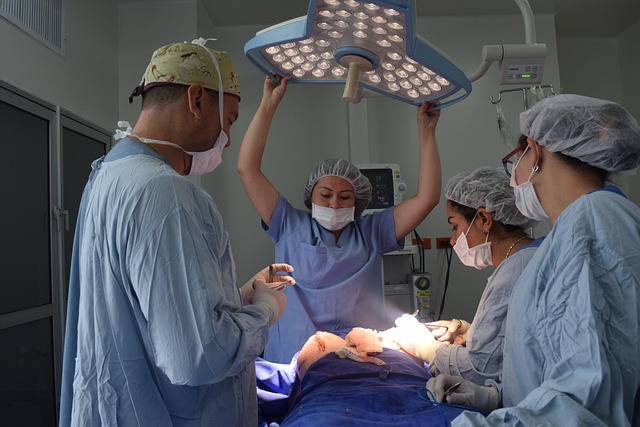Rhinoplasty: Transforming Noses and Enhancing Facial Beauty
Rhinoplasty, commonly known as a "nose job," is a surgical procedure that reshapes the nose to improve its appearance and, in some cases, its function. This popular cosmetic surgery can address a wide range of concerns, from correcting structural defects to enhancing facial harmony. As one of the most frequently performed facial plastic surgeries, rhinoplasty has the power to boost self-confidence and transform a person's overall look.

Why do people choose to undergo rhinoplasty?
There are numerous reasons why individuals opt for rhinoplasty. Some common motivations include:
-
Correcting a crooked or asymmetrical nose
-
Reducing the size of a large or prominent nose
-
Refining the shape of the nasal tip
-
Smoothing out bumps or depressions on the bridge of the nose
-
Improving breathing by addressing structural issues
-
Enhancing overall facial balance and harmony
Many patients seek rhinoplasty to boost their self-esteem and feel more confident in their appearance. Others may require the procedure to correct congenital defects or injuries that affect both the form and function of their nose.
What can I expect during the rhinoplasty process?
The rhinoplasty journey typically involves several steps:
-
Consultation: You’ll meet with a board-certified plastic surgeon to discuss your goals, medical history, and expectations.
-
Planning: Your surgeon will create a customized surgical plan based on your unique facial features and desired outcomes.
-
Surgery: The procedure is usually performed under general anesthesia and can take 1-3 hours, depending on complexity.
-
Recovery: Initial healing takes about 1-2 weeks, with most patients returning to normal activities within 2-3 weeks.
-
Results: While some changes are visible immediately, the final results of rhinoplasty can take up to a year to fully develop as swelling subsides.
How long does it take to recover from rhinoplasty?
Recovery from rhinoplasty is a gradual process. Most patients can expect:
-
1 week: Removal of bandages and initial swelling subsides
-
2-3 weeks: Return to normal daily activities and work
-
4-6 weeks: Resume more strenuous activities and exercise
-
3-6 months: Majority of swelling resolves
-
1 year: Final results are fully visible
It’s important to follow your surgeon’s post-operative instructions carefully to ensure proper healing and optimal results.
What are the potential risks and complications of rhinoplasty?
As with any surgical procedure, rhinoplasty carries some risks. These may include:
-
Infection
-
Bleeding
-
Adverse reaction to anesthesia
-
Unsatisfactory aesthetic results
-
Breathing difficulties
-
Changes in skin sensation
-
Scarring
Choosing a board-certified plastic surgeon with extensive experience in rhinoplasty can help minimize these risks. It’s crucial to discuss potential complications and your medical history with your surgeon during the consultation process.
How much does rhinoplasty cost and what factors influence the price?
The cost of rhinoplasty can vary significantly based on several factors:
| Factor | Description | Potential Impact on Cost |
|---|---|---|
| Surgeon’s Experience | More experienced surgeons often charge higher fees | $1,000 - $5,000+ |
| Geographical Location | Prices tend to be higher in major metropolitan areas | $500 - $3,000+ |
| Complexity of Procedure | More intricate surgeries require more time and skill | $1,000 - $5,000+ |
| Facility Fees | Costs associated with the surgical center or hospital | $500 - $2,000+ |
| Anesthesia Fees | Charges for anesthesia and related services | $600 - $1,000+ |
Prices, rates, or cost estimates mentioned in this article are based on the latest available information but may change over time. Independent research is advised before making financial decisions.
On average, rhinoplasty costs can range from $5,000 to $15,000 or more. It’s important to note that most health insurance plans do not cover cosmetic rhinoplasty. However, if the procedure is deemed medically necessary to improve breathing function, insurance may cover a portion of the costs.
In conclusion, rhinoplasty is a transformative procedure that can significantly enhance facial aesthetics and, in some cases, improve nasal function. While it requires careful consideration and a commitment to the recovery process, many patients find the results to be life-changing. By choosing a skilled surgeon and having realistic expectations, individuals can achieve a more balanced and harmonious facial appearance through rhinoplasty.
This article is for informational purposes only and should not be considered medical advice. Please consult a qualified healthcare professional for personalized guidance and treatment.






